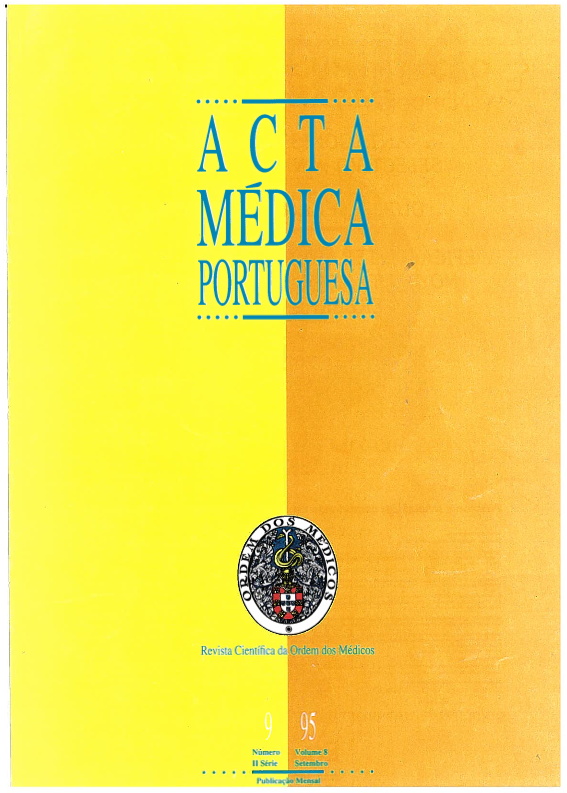Severe poisoning by organophosphate compounds. An analysis of mortality and of the value of serum cholinesterase in monitoring the clinical course.
DOI:
https://doi.org/10.20344/amp.2741Abstract
Ingestion of organophosphate (OP) compounds usually results in severe poisoning. We undertook a retrospective study of 52 consecutive patients admitted with severe OP poisoning to determine the value of serum cholinesterase (SChE) in monitoring clinical course. Considering survivors and non-survivors, we evaluate clinical and laboratory baseline characteristics, severity scores (APACHE II, SAPS II), atropine rate (mg/h), SChE evolution at 24, 72 and 120 h and final SChE (SChE at the day of discharge or death). Mortality in the ICU was 28.9% (n = 15). In both groups SChE showed a trend to increase. In survivors, SChE recovery was statistically significant for SChE 24h-SChE 72 h, SChE 24 h-SChE 120 h and SChE initial-SChE 120 h (p = 0.008, p = 0.00003, p = 0.0002 respectively). In this group a simultaneous decrease in atropine requirements was registered. In non-survivors, the rate of atropine remained unchanged up to 120 h. Three groups could be defined in non-survivors according to their final SChE and day of death. Non-survivors-1 (death in the first 24h; 2 patients) and non-survivors-2 (death after the first 24 h; 5 patients) had a final SChE below 10% of normal SChE activity and statistically different from survivors' final SChE. Non-survivors-3 (8 patients) had a final SChE similar to the survivors and death was due to sepsis and multiple organ failure (MOF). We conclude that SChE is useful in OP poisoning diagnosis and also in monitoring clinical course. SChE recovery above 10% of normal seems to correlate with good prognosis. Sepsis and MOF were important determinants of mortality.Downloads
Downloads
How to Cite
Issue
Section
License
All the articles published in the AMP are open access and comply with the requirements of funding agencies or academic institutions. The AMP is governed by the terms of the Creative Commons ‘Attribution – Non-Commercial Use - (CC-BY-NC)’ license, regarding the use by third parties.
It is the author’s responsibility to obtain approval for the reproduction of figures, tables, etc. from other publications.
Upon acceptance of an article for publication, the authors will be asked to complete the ICMJE “Copyright Liability and Copyright Sharing Statement “(http://www.actamedicaportuguesa.com/info/AMP-NormasPublicacao.pdf) and the “Declaration of Potential Conflicts of Interest” (http:// www.icmje.org/conflicts-of-interest). An e-mail will be sent to the corresponding author to acknowledge receipt of the manuscript.
After publication, the authors are authorised to make their articles available in repositories of their institutions of origin, as long as they always mention where they were published and according to the Creative Commons license.









